
The Merchant’s Prologue and Tale
1,295.00₹ 510.00₹
A well-established and respected series. Texts are in the original Middle English, and each has an introduction, detailed notes and a glossary. Selected titles are also available as CD recordings.
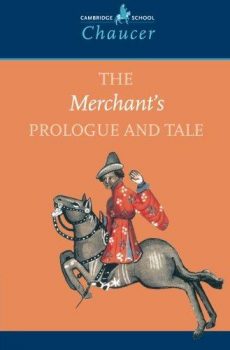
The Merchant’s Prologue and Tale
1,190.00₹ 895.00₹
Six-hundred-year-old tales with modern relevance. As well as the complete text of the Merchant’s Prologue and Tale, the student will find illustrated information on Chaucer’s world, including a map of the Canterbury pilgrimage, a running synopsis of the action, an explanation of unfamiliar words, and a wide range of classroom-tested activities to help bring the text to life. Guided by the suggestions for study and the wide range of helpful information, students will readily appreciate Chaucer’s wit and sense of irony, his love of controversy and his delight in character portrayal.
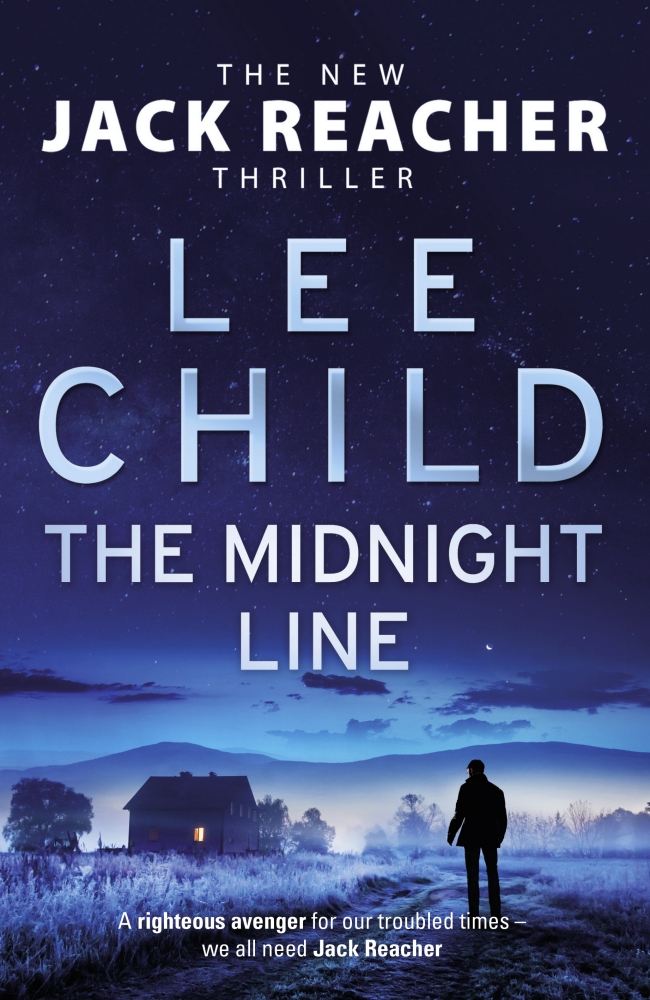
THE MIDNIGHT LINE – JACK REACHER
599.00₹ 399.00₹
Jack Reacher takes an aimless stroll past a pawn shop in a small Midwestern town. In the window, he sees a West Point class ring from 2005. It’s tiny. It’s a woman cadet’s graduation present to herself. Why would she give it up? Reacher’s a West Pointer too, and he knows what she went through to get it.
Reacher tracks the ring back to its owner, step by step, down a criminal trail leading west. Like Big Foot come out of the forest, he arrives in the deserted wilds of Wyoming. All he wants is to find the woman. If she’s OK, he’ll walk away. If she’s not … he’ll stop at nothing.
He’s still shaken by the recent horrors of Make Me, and now The Midnight Line sees him set on a raw and elemental quest for simple justice. Best advice: don’t get in his way.
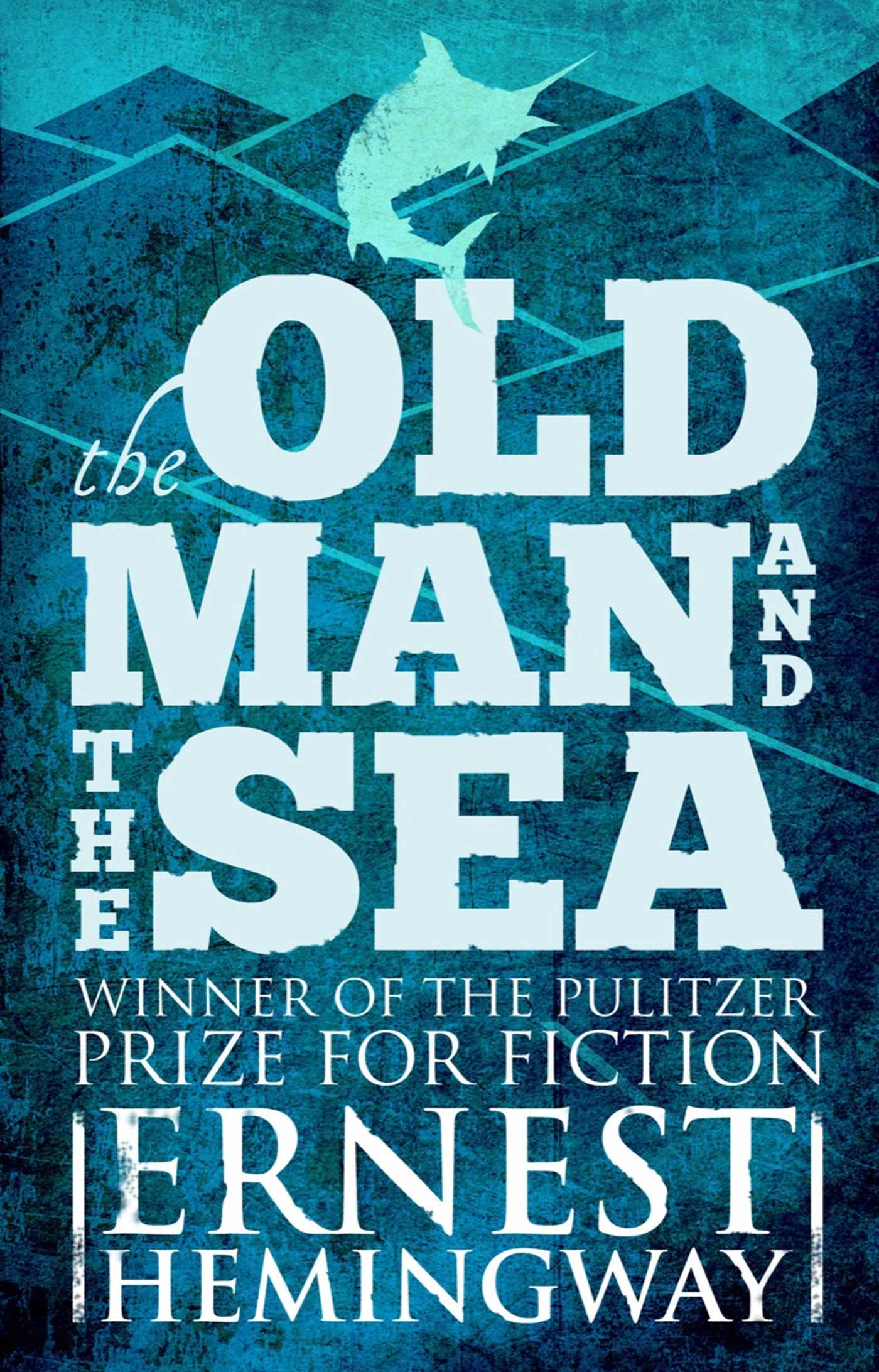
The Old Man and the Sea
150.00₹ 140.00₹
It is the story of an old Cuban fisherman and his supreme ordeal: a relentless, agonizing battle with a giant marlin far out in the Gulf Stream. Using the simple, powerful language of a fable, Hemingway takes the timeless themes of courage in the face of defeat and personal triumph won from loss and transforms them into a magnificent twentieth-century classic.
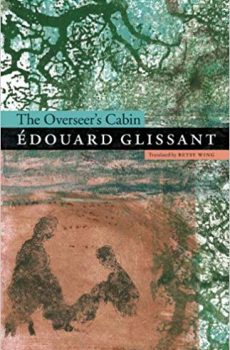
The Overseer’s Cabin
1,390.00₹ 990.00₹
With Édouard Glissant’s The Fourth Century, the Village Voice observed, “we get the full effect of his overarching project: a literary exorcism of Martinique’s scarred psyche and past, a lingering cry against the ‘black hole of time and forgetting.’” Glissant, “one of the most significant figures in Caribbean literature” (Washington Post), continues that project in The Overseer’s Cabin, conjuring in one woman’s story centuries knotted together by unknown blood, voiceless suffering, and death without echo.
Beginning with the birth in 1928 of Mycea, the last of the intertwining ancestral families introduced in The Fourth Century, and ending with her release from an asylum in 1978, the novel moves back and forth across a framework that weaves the story of Mycea’s family against the legacy of Martinique as an island whose history and indigenous people have all but been erased. From the beginnings of Mycea’s family in the tale of two blood brothers, both named Odono, to its ending with the fate of her two sons, the novel encapsulates the island’s destiny in one Martinican woman’s plight. With the past irretrievable and the future in doubt, Mycea journeys inward, finding in her connection to the land of Martinique, and to the seafloor littered with drowned slaves, a reality, and a possibility, uncolonized by others’ history.

The Politics of German Defence and Security
8,400.00₹ 1,790.00₹
The post-Cold War era has witnessed a dramatic transformation in the German political consensus about the legitimacy of the use of force. However, in comparison with its EU and NATO partners, Germany has been reticent to transform its military to meet the challenges of the contemporary security environment. Until 2003 territorial defence rather than crisis-management remained the armed forces’ core role and the Bundeswehr continues to retain conscription. The book argues that ‘strategic culture’ provides only a partial explanation of German military reform. It demonstrates how domestic material factors were of crucial importance in shaping the pace and outcome of reform, despite the impact of ‘international structure’ and adaptational pressures from the EU and NATO. The domestic politics of base closures, ramifications for social policy, financial restrictions consequent upon German unification and commitment to EMU’s Stability and Growth Pact were critical in determining the outcome of reform. The study also draws out the important role of policy leaders in the political management of reform as entrepreneurs, brokers or veto players, shifting the focus in German leadership studies away from a preoccupation with the Chancellor to the role of ministerial and administrative leadership within the core executive. Finally, the book contributes to our understanding of the Europeanization of the German political system, arguing that policy leaders played a key role in ‘uploading’ and ‘downloading’ processes to and from the EU and that Defence Ministers used ‘Atlanticization’ and ‘Europeanization’ in the interests of their domestic political agendas.

The Remains of the Day – Kazuo Ishiguro
599.00₹ 399.00₹
What will happen to Stevens when he reaches Lord Darlington’s? Will he and Miss Kenton find a second chance at love? The Remains Of The Day: Booker Prize Winner 1989 was published in 2010 by Faber in paperback.
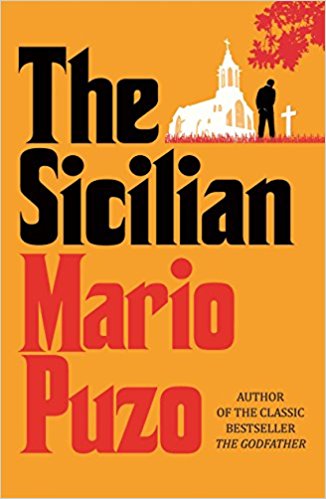
The Sicilian – Mario Puzo
399.00₹ 260.00₹
A novel of explosive suspense, heroic action – and evil on an epic scale. In the hands of Mario Puzo’s brilliantly sinister talent, the reader comes to know again the terrible magic of the Mafia.
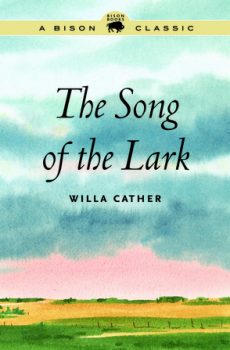
The Song of the Lark
1,590.00₹ 1,090.00₹
Willa Cather’s third novel, The Song of the Lark, depicts the growth of an artist, singer Thea Kronborg, a character inspired by the Swedish-born immigrant and renowned Wagnerian soprano Olive Fremstad. Thea’s early life, however, has much in common with Cather’s own.
Set from 1885 to 1909, the novel traces Thea’s long journey from her fictional hometown of Moonstone, Colorado, to her source of inspiration in the Southwest, and to New York and the Metropolitan Opera House. As she makes her way in the world from an unlikely background, Thea distills all her experiences and relationships into the power and passion of her singing, despite the cost. The Song of the Lark presents Cather’s vision of a true artist.
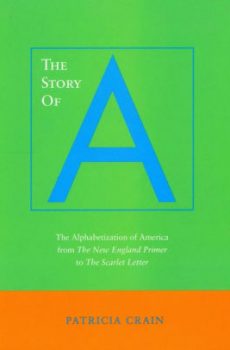
The Story of ‘A ‘
2,130.00₹ 1,390.00₹
The Story of A relates the history of the alphabet as a genre of text for children and of alphabetization as a social practice in America, from early modern reading primers to the literature of the American Renaissance.
Offering a poetics of alphabetization and explicating the alphabet’s tropes and rhetorical strategies, the author demonstrates the far-reaching cultural power of such apparently neutral statements as “A is for apple.” The new market for children’s books in the eighteenth century established for the “republic of ABC” a cultural potency equivalent to its high-culture counterpart, the “republic of letters,” while shaping its child-readers into consumers. As a central rite of socialization, alphabetization schooled children to conflicting expectations, as well as to changing models of authority, understandings of the world, and uses of literature.
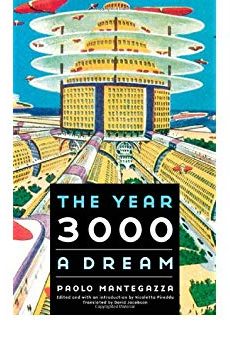
The Year 3000: A Dream
1,300.00₹ 1,090.00₹
First published in 1897, The Year 3000 is the most daring and original work of fiction by the prominent Italian anthropologist Paolo Mantegazza. A futuristic utopian novel, the book follows two young lovers who, as they travel from Rome to the capital of the United Planetary States to celebrate their “mating union,” encounter the marvels of cultural and scientific advances along the way. Intriguing in itself, The Year 3000 is also remarkable for both its vision of the future (predicting an astonishing array of phenomena from airplanes, artificial intelligence, CAT scans, and credit cards to controversies surrounding divorce, abortion, and euthanasia) and the window it opens on fin de siècle Europe.
Published here for the first time in English, this richly annotated edition features an invaluable introductory essay that interprets the intertextual and intercultural connections within and beyond Mantegazza’s work. For its critical contribution to early science fiction and for its insights into the hopes, fears, and clash of values in the Western world of both Mantegazza’s time and our own, this book belongs among the visionary giants of speculative literature.
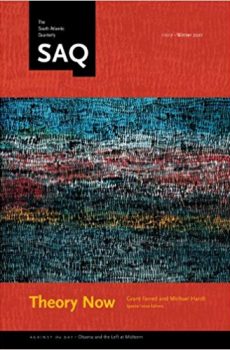
Theory Now (South Atlantic Quarterly)
980.00₹ 890.00₹
This special issue of the South Atlantic Quarterly focuses on theory’s role in contemporary politics, reading, and critiques of literature. Although there will always be questions raised about what theory is, what it can do, and its overall efficacy, “Theory Now” argues that those questions obscure the fact that theory is, and always has been, the precondition for thought.
This issue demonstrates what it means to engage with theory in this particular historical moment. One contributor takes a critical look at Michel Foucault’s final lectures, which have only recently been published in French, and evaluates their potential to instruct contemporary theory and politics. Another contributor contemplates Eve Kosofsky Sedgwick’s legacy and insists that the only way to read her work is to anticipate the effects it may have in the future rather than assume that interpretations of her scholarship are now settled.
With this issue, recently appointed editor Michael Hardt inaugurates “Against the Day,” a new section composed of short essays that focus on a topic of contemporary political importanc980
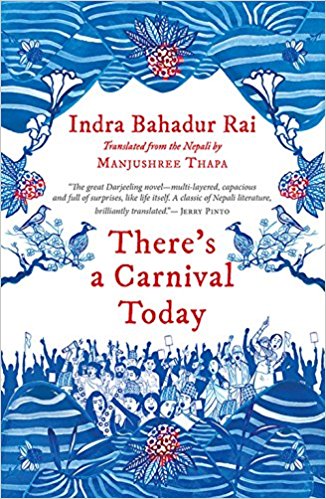
There’s a Carnival Today
350.00₹ 250.00₹
Darjeeling in the 1950s. Janak, a prominent businessman and local leader, stares at professional, political and moral ruin. His store is failing and he has been sued by Jayabilas—a Marwari trader, once his friend and business partner, to whom he owes money. Bhudev—Janak’s partner at the party which is working to organize workers—has triumphed over him in a bitter struggle for leadership. Janak’s son Ravi, of whom he expected better, has become a schoolteacher and is involved in party work in the tea estates—Janak is convinced that Bhudev is using Ravi to further undermine him. And, despite being in a blissful marriage with Sita, Janak is drawn to the charms of the Yamuna, the wife of an ailing friend. Then, tea-estate workers protesting the arrest of their comrades spontaneously march into town. They are joined by others along the way and the march quickly grows in size. But after the rally ends in a massacre by the police, Janak must find a way out of this morass to stand up and be counted once more. Capacious and prescient, There’s a Carnival Today is as much a panoramic view of post-Independence Darjeeling as it is of the sharply observed, flesh-and-blood characters who people it. It is also a foreshadowing of the issues of identity which still shape politics and attitudes in the region. Brilliantly translated by Manjushree Thapa, this seminal work by one of the tallest figures in contemporary Nepali literature is a modern classic.
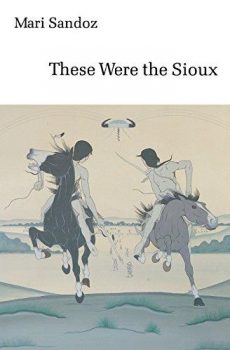
These Were the Sioux
840.00₹ 690.00₹
“The Sioux Indians came into my life before I had any preconceived notions about them,” writes Mari Sandoz about the visitors to her family homestead in the Sandhills of Nebraska when she was a child. These Were the Sioux, written in her last decade, takes the reader far inside a world of rituals surrounding puberty, courtship, and marriage, as well as the hunt and the battle.

Translation and Opposition
3,490.00₹ 1,300.00₹
Translation and Opposition is an edited volume that brings together cultural and sociological perspectives by examining translation through the prism of linguistic/cultural hybridity and inter/intra-social agency. In a collection of diverse case studies, ranging from the translation of political texts to interpreting in concentration camps, the book explores issues of power struggle, ideology, censorship and identity construction. The contributors to the volume show how translators, interpreters and subtitlers as mediators put their specific professional and ethical competences to the test by treading the dividing lines between constellations of ‘in-groups’ and cultural or political ‘others’.

Translation and Opposition
3,490.00₹ 1,300.00₹
Translation and Opposition is an edited volume that brings together cultural and sociological perspectives by examining translation through the prism of linguistic/cultural hybridity and inter/intra-social agency. In a collection of diverse case studies, ranging from the translation of political texts to interpreting in concentration camps, the book explores issues of power struggle, ideology, censorship and identity construction. The contributors to the volume show how translators, interpreters and subtitlers as mediators put their specific professional and ethical competences to the test by treading the dividing lines between constellations of ‘in-groups’ and cultural or political ‘others’.

Transnational Crossroads: Remapping the Americas and the Pacific
3,090.00₹ 2,880.00₹
The twentieth century was a time of unprecedented migration and interaction for Asian, Latin American, and Pacific Islander cultures in the Americas and the American Pacific. Some of these ethnic groups already had historic ties, but technology, migration, and globalization during the twentieth century brought them into even closer contact. Transnational Crossroads explores and triangulates for the first time the interactions and contacts among these three cultural groups that were brought together by the expanding American empire from 1867 to 1950.
Through a comparative framework, this volume weaves together narratives of U.S. and Spanish empire, globalization, resistance, and identity, as well as social, labor, and political movements. Contributors examine multiethnic celebrities and key figures, migratory paths, cultural productions, and social and political formations among these three groups. Engaging multiple disciplines and methodologies, these studies of Asian American, Latin American, and Pacific Islander cultural interactions explode traditional notions of ethnic studies and introduce new approaches to transnational and comparative studies of the Americas and the American Pacific.
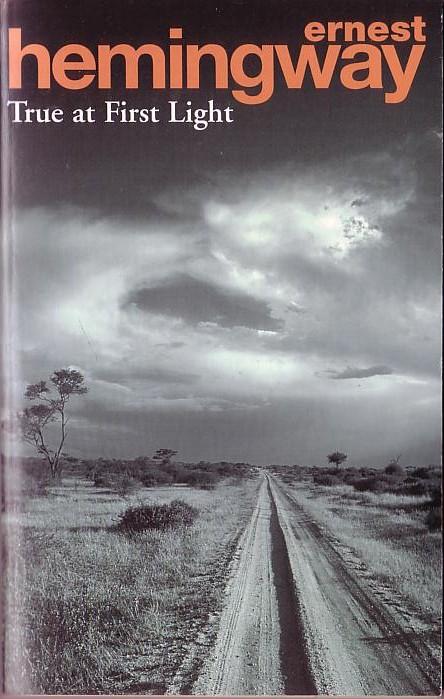
True at First Light
399.00₹ 310.00₹
The book opens on the day his close friend Pop, a celebrated hunter, leaves Ernest in charge of the safari camp and news arrives of a potential attack from a hostile tribe. Drama continues to build as his wife, Mary, pursues the great black-maned lion that has become her obsession and Ernest becomes involved with a young African girl whom he supposedly plans to take as a second bride. Increasingly enchanted by the local African community, he struggles between the attraction of these two women and the wildly different cultures they represent. Spicing his depictions of human longings with sharp humor, Hemingway captures the excitement of big-game hunting and the unparalleled beauty of the landscape. Rich in laughter, beauty and profound insight. True at First Light is an extraordinary publishing event — a breathtaking final work from one of our most beloved and important writers.
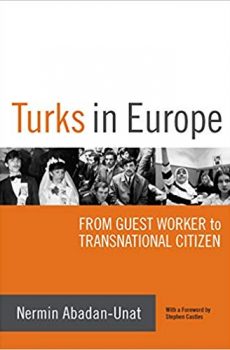
Turks in Europe
8,400.00₹ 2,090.00₹
One of the foremost scholars on Turkish migration, the author offers in this work the summary of her experiences and research on Turkish migration since 1963. During these forty years her aim has been threefold: to explain the journeys made by thousands of Turkish men and women to foreign lands out of choice, necessity, or invitation; to shed light on the difficulties they faced; and to elaborate on how their lives were affected by the legal, political, social, and economic measures in the countries where they settled. The extensive research done both in Turkey and in Europe into the lives of individuals directly and indirectly affected by the migration phenomenon and the examination of these research results further enhances the value of this wide-ranging study as a definitive reference work.

TURTLES ALL THE WAY DOWN
Rated 4.00 out of 5
599.00₹ 439.00₹
It all begins with a fugitive billionaire and the promise of a cash reward. Turtles All the Way Down is about lifelong friendship, the intimacy of an unexpected reunion, Star Wars fan fiction and tuatara. But at its heart is Aza Holmes, a young woman navigating daily existence within the ever-tightening spiral of her own thoughts.In his long-awaited return, John Green shares Aza’s story with shattering, unflinching clarity.





















